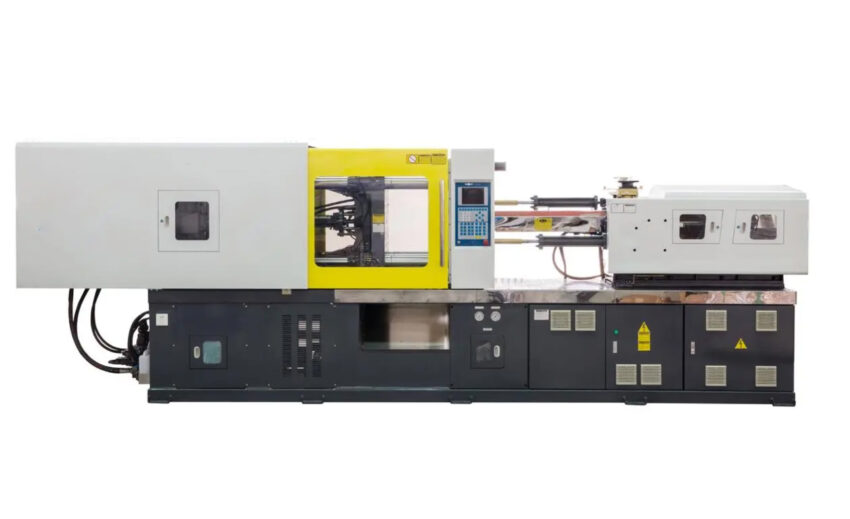Application Analysis of New Technologies and New Materials in the Field of Injection Molding

With the continuous development of technology, injection molding technology has been widely applied in various fields. In order to meet the market demand for high-quality and high-performance plastic products, injection molding technology is constantly being innovated and improved. Let’s discuss the application of new technologies and new materials in injection molding.
I. Application of New Technologies in Injection Molding
1、Micro Injection Molding Technology
Micro injection molding technology is a technique used for manufacturing micro-sized parts through injection molding. Compared to traditional injection molding, micro injection molding offers higher precision and a smaller size range. This technology has broad application prospects in the fields of medical devices, electronic components, and more.
2、Gas-Assisted Injection Molding Technology
Gas-assisted injection molding technology involves introducing gas into the mold during the injection molding process. By introducing gas, it effectively eliminates bubbles in the melt, improving the density and surface quality of the products. Additionally, gas-assisted injection molding can achieve the molding of complex-shaped parts, expanding the application scope of injection molding technology.
3、Two-Shot Injection Molding Technology
Two-shot injection molding technology is a technique that allows the injection of two different plastic materials in the same mold. This technology enables multiple color combinations on the surface of the products, enhancing their aesthetics and added value. Two-shot injection molding finds wide applications in industries such as automotive and appliances.
4、Hot Runner Injection Molding Technology
Hot runner injection molding technology utilizes a hot runner system in the injection molding process. The hot runner system allows the melt to be delivered directly to various parts of the mold, reducing heat loss and improving production efficiency. Moreover, hot runner injection molding technology enables gateless and wasteless molding, lowering production costs.
II. Application of New Materials in Injection Molding
1、Biodegradable Plastics
Biodegradable plastics are materials that can be decomposed by microorganisms under certain conditions. These materials offer environmental benefits and are renewable, making them widely applicable in medical, food packaging, and other industries. Biodegradable plastics have become an important research direction in the field of injection molding.
2、High-Strength Engineering Plastics
High-strength engineering plastics are materials with excellent properties such as high strength, toughness, and wear resistance. These materials find extensive applications in automotive, aerospace, and other industries. As research on high-strength engineering plastics advances, their application in injection molding will become more widespread.
3、Conductive Plastics
Conductive plastics are materials with conductive properties. These materials are widely used in electronic devices, sensors, and other fields. Conductive plastics have become an important research direction in the field of injection molding.
4、Nanocomposites
Nanocomposites are new materials formed by combining nanomaterials with matrix materials. These materials exhibit excellent mechanical properties, wear resistance, and more. In the field of injection molding, nanocomposites can enhance product performance and reduce production costs. Currently, nanocomposites have become an important research direction in the field of injection molding.
III. Conclusion
The application of new technologies and new materials in the field of injection molding has brought revolutionary changes to the production of plastic products. With the continuous development of technology, injection molding technology will find broader applications in various fields, making greater contributions to the development of human society. Meanwhile, injection molding companies need to continuously innovate in technology and conduct material research to adapt to market changes and enhance their competitiveness.


